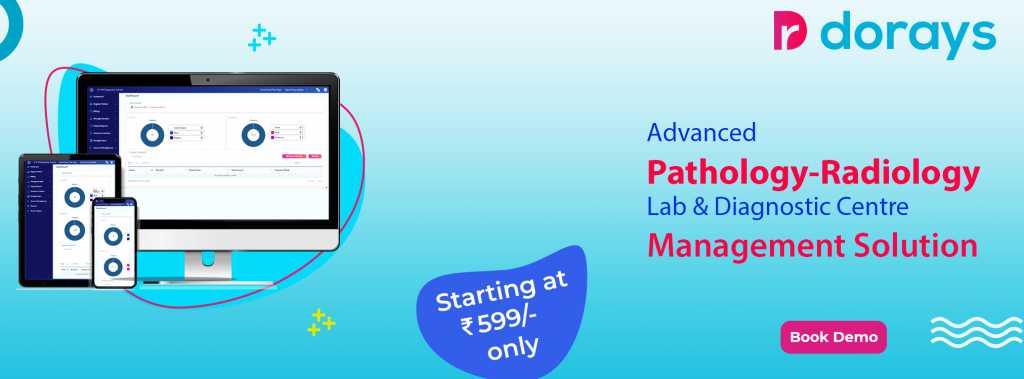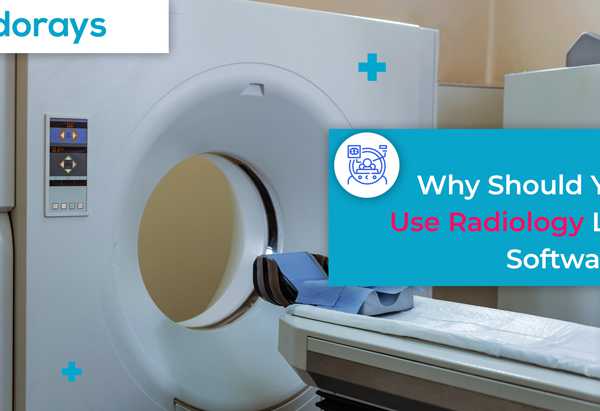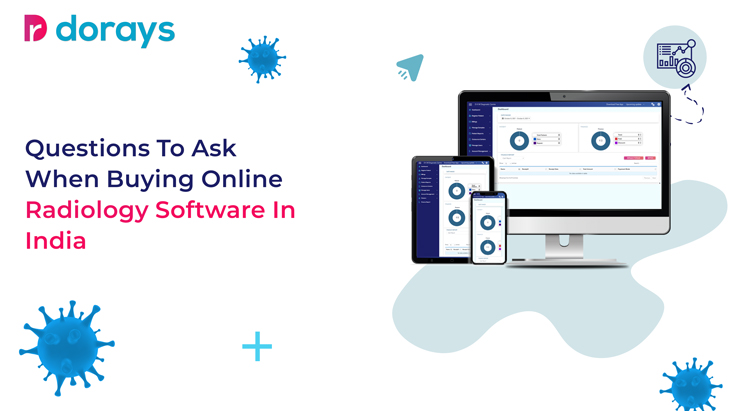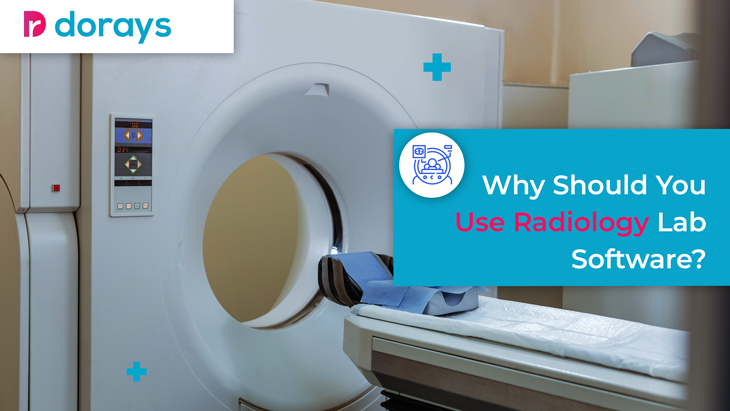Radiology AI lab software : Artificial intelligence (AI) has a lot to offer radiology. Medical imaging software can manage large amounts of data and simplify lesion detection, picture collection, segmentation, and interpretation.
Online radiology software in India can help professional radiologists assist, enhance, and verify their jobs, reducing the burden on employees and resources while improving patient outcomes.
It is complex to evaluate commercial radiology AI software solutions to pick an appropriate one. Given this, we’ve put together a fast seven-step checklist to the main questions radiologists should address before selecting an AI radiology solution.

1. What happens if the software detects bias, erroneous results, or malfunctions? Consider the following questions
- Does the model adapt as new data becomes available? Or is performance-based solely on data collected during the training phase?
- How does it take user feedback into account (for example, when radiologists spot errors)?
- What kind of ongoing support does the manufacturer offer to help with problems?
2. Is the radiology AI software compliant with data protection laws?
Although there is a lot of AI software available, not all AI models are made in the same way. Consider whether any software you buy complies with your legal obligations on data protection and privacy.
3. Is the AI model easy to understand and explain?
For example, check if it is possible to interpret and explain results via visualisation, for example? Is the data understandable to non-radiologists (both physicians and patients)?
4. Is the software interoperable with other platforms?
Interoperability is crucial, especially when it comes to technologies that are currently in use in the department or hospital.
5. Is the radiology department’s IT infrastructure capable of handling the package? Or will new hardware be required?
It would be best to consider this with your IT department as soon as possible. It would help if you also considered Costs and time implications.
6. What effect does the package have on the department’s workflow?
Consider if it will influence resource allocation, particularly human resources. For example, will the departmental reporting structure be altered to guarantee that the new system operates smoothly?
7. How well does the radiology AI software fit into your workflow?
Consider the following subjective elements that affect the micro-management of your department:
- Budgetary restrictions
- Staff members’ technological abilities (and their willingness to adopt new systems)
- The system’s ease of use and intuitiveness
- Compatibility with the department’s existing processes, organisational culture, and workflow
What are the benefits of radiology AI software?
There are various ways AI might help radiologists improve their skills even more.
Provide a more differentiated diagnosis
Many AI solutions are focused on giving additional data. This software can consist of normative values, allowing physicians to compare patient outcomes to a population-wide average.
Offer a second opinion
Having a radiology AI software system running in the background makes getting a second opinion simple. In addition, the algorithm results can be used as a primary backup check on the physician’s diagnosis.
Another advantage of using Radiology AI software as a second opinion is that it allows the radiologist to gradually become accustomed to working with it and gain trust as they see how useful it is.
Eliminate inter- and intra-observer variability
Even the most well-trained and experienced radiologists can differ on their diagnoses from time to time. In addition, various radiologists may place differing emphasis on different areas of their findings.
It can be difficult for referring physicians to account for these differences when integrating all of their data before making a final diagnosis. However, this discrepancy between radiologist reports can be reduced or perhaps eliminated with AI software.
Final thoughts
It can be daunting to introduce new software, but as the healthcare industry grows more digitised, this will inevitably become the standard.
Furthermore, radiologists’ input in the decision-making process is critical. New technology should satisfy the department’s goals, reduce workloads, free up time for existing employees, and ultimately improve patient outcomes.






Leave a Comment